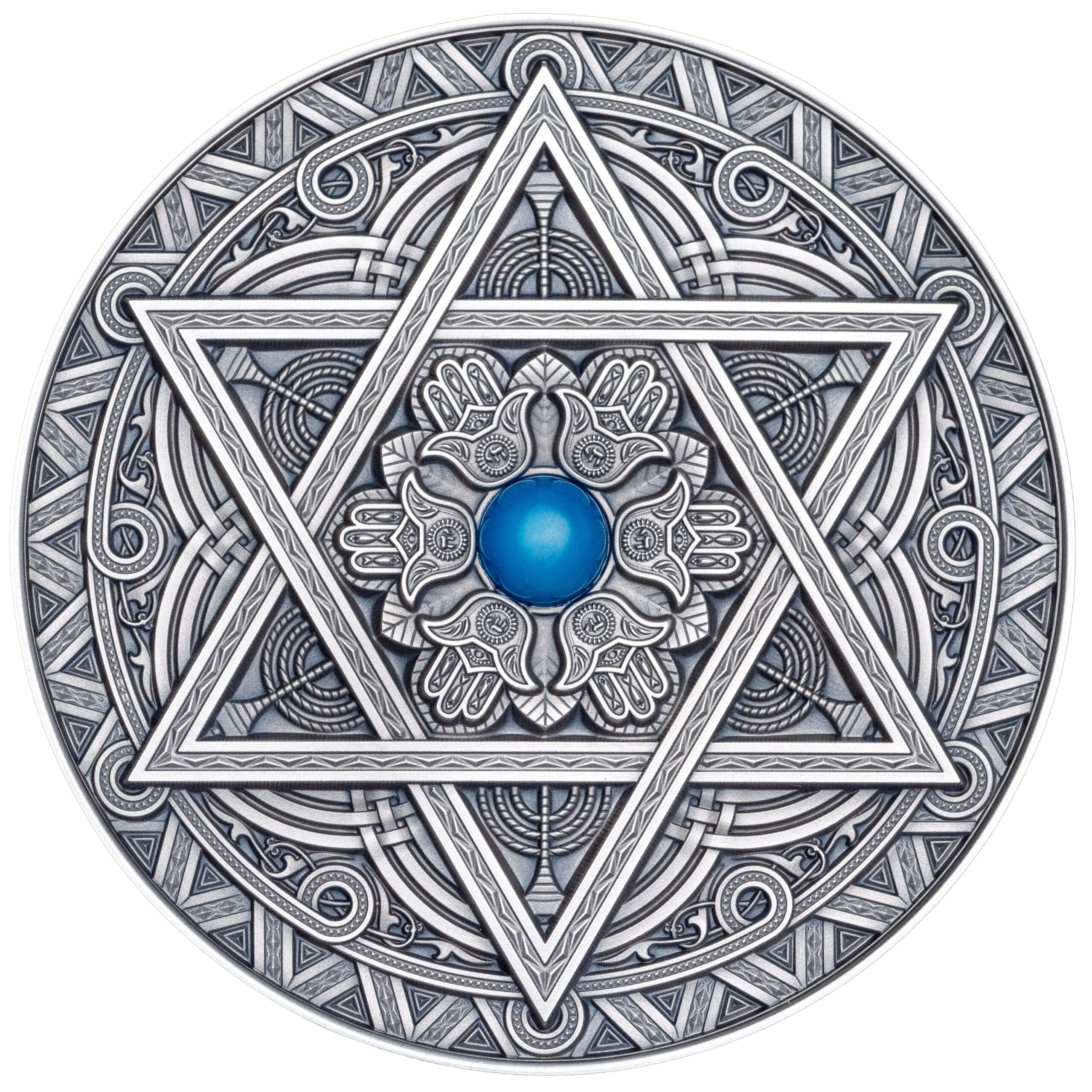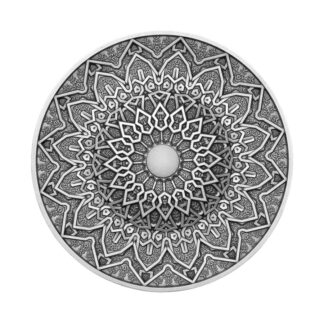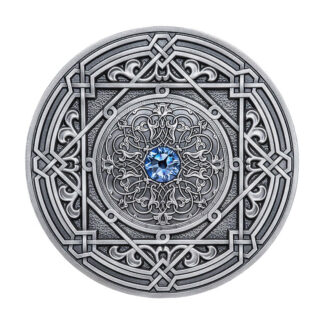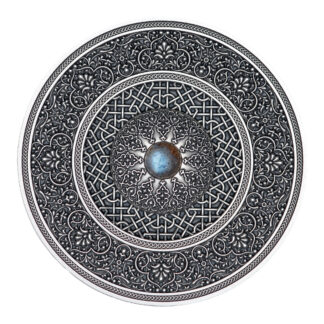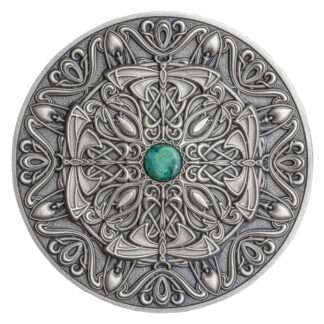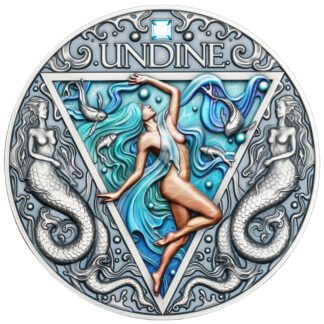Description
JEWISH ART
Jewish visual arts date back to the biblical Bezalel, commissioned by God to create the Tabernacle in the wilderness. Since then, Jewish visual arts have flourished, bearing the imprint of Jewish wanderings around the globe. Jewish art divides into categories of: folk art, such as paper-cuts; ritual art–artistic renditions of ritual objects; and art by Jews, which encompasses a broad range of visual expression by Jewish artists, from painting to sculpture to avant-garde art.
Words and ideas have always been a focal point in Jewish life, but fine arts and handicrafts have played a prominent role as well. The Jewish attitude toward art has been influenced by two contradictory factors: The value of hiddur mitzvah (beautification of the commandments) encourages the creation of beautiful ritual items and sacred spaces, while some interpret the Second Commandment (forbidding “graven images”) as a prohibition against artistic creations, lest they be used for idolatry.
Jewish folk art has pervaded Jewish homes and synagogues for centuries. This has included the mizrach , an emblem placed on the eastern wall of the home to remind family members which way to direct their prayers; the shivitti, an adornment in the synagogue intended to focus attention; and the art of micrography, which uses sacred words and texts to create drawings. Artistic ritual art has included kiddush cups, mezuzot, candlesticks, and more. These art forms were once an expression of folk-piety by Jews who worked without the benefit of artistic training. Today Jewish folk art has grown in sophistication as trained artists focus their skills and sensibilities on these traditional crafts.
MANDALA ART
What is a Mandala?
The meaning of mandala comes from Sanskrit meaning “circle.” It appears in
the Rig Veda as the name of the sections of the work, but is also used in
many other civilizations, religions and philosophies. Even though it may be
dominated by squares or triangles, a mandala has a concentric structure.
Mandalas offer balancing visual elements, symbolizing unity and harmony. The
meanings of individual mandalas is usually different and unique to each
mandala.
The mandala pattern is used in many traditions. In the Americas, Indians
have created medicine wheels and sand mandalas. The circular Aztec calendar
was both a timekeeping device and a religious expression of ancient Aztecs.
In Asia, the Taoist “yin-yang” symbol represents opposition as well as
interdependence. Tibetan mandalas are often highly intricate illustrations
of religious significance that are used for meditation. From Buddhist stupas
to Muslim mosques and Christian cathedrals, the principle of a structure
built around a center is a common theme in architecture.
In common use, mandala has become a generic term for any diagram, chart or
geometric pattern that represents the cosmos metaphysically or symbolically;
a microcosm of the universe.
Representing the universe itself, a mandala is both the microcosm and the
macrocosm, and we are all part of its intricate design. The mandala is more
than an image seen with our eyes; it is an actual moment in time. It can be
can be used as a vehicle to explore art, science, religion and life itself.
Carl Jung said that a mandala symbolizes “a safe refuge of inner
reconciliation and wholeness.” It is “a synthesis of distinctive elements in
a unified scheme representing the basic nature of existence.”

